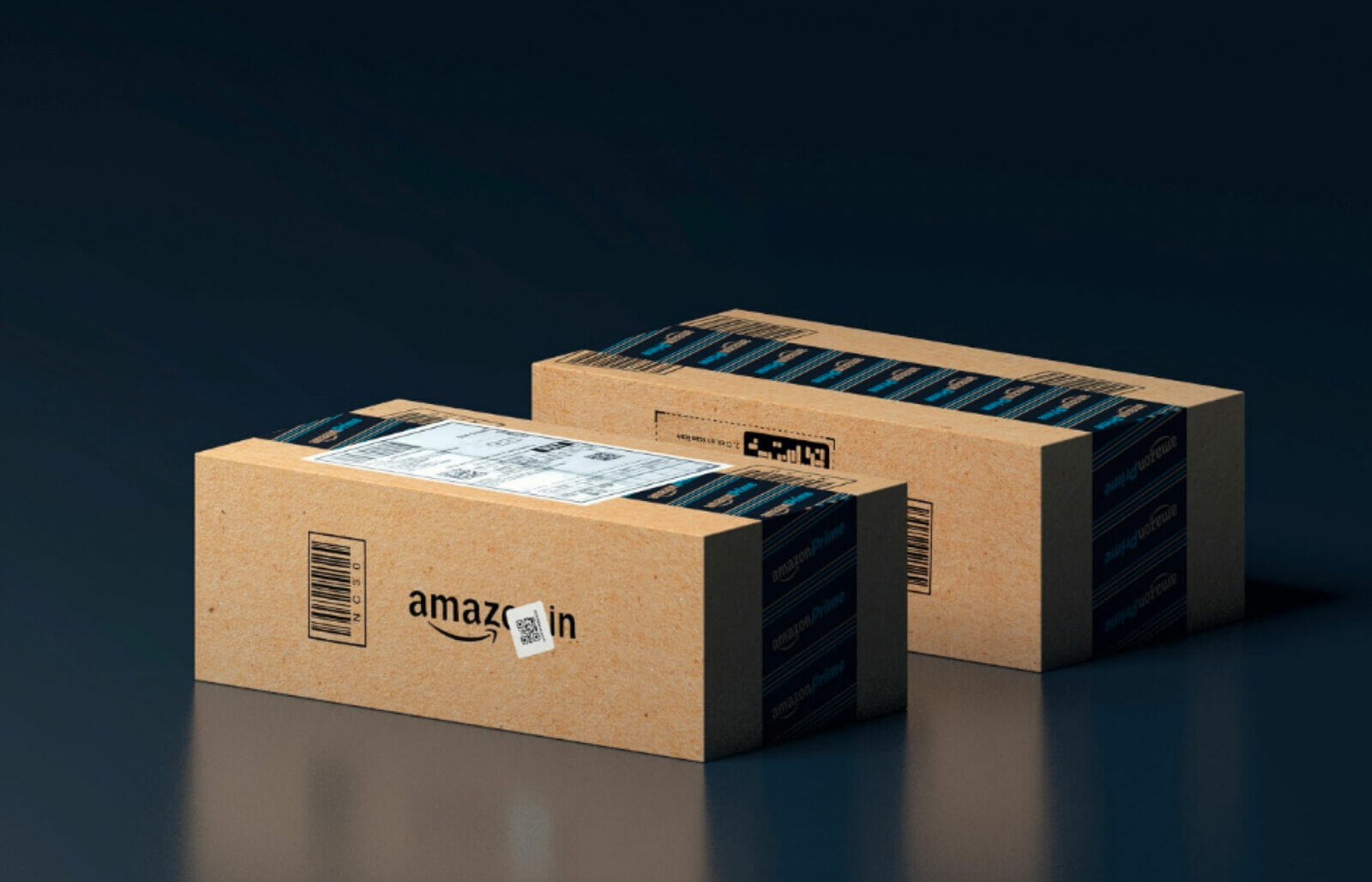Shipping is an essential part of commerce today, and getting it right can significantly reduce costs for any business. While weight is something you can do little about, the package it is transported in is something every business can control. The right box can reduce the overall cost of carriers and provide improved protection. In this guide, we will show the importance of the box for any product, and how to measure, select and use the right box for your shipping.
Why is the package important?
Whether a traditional business, an E-commerce enterprise or a combination of both, getting products to your customers quickly and safely is key to mail-order success. The box used for shipping is crucial for that, but is also a critical part of the shipping costs themselves, so can affect profitability too. Many carriers work from dimensional weight, which takes into account both size and weight of the package. If you carefully measure products and ensure that you always use the smallest size box when shipping, then you can control the cost of carriers more effectively. The package is also the first impression of the product, and often your business too, so a well-designed box for shipping can help with the customer experience.
The Anatomy of Great Packaging
The best shipping experience comes from the best box and package solutions. Taking into account the dimensional weight of the box for your products can really help, with logo and brand clearly displayed also adding promotional features too. But here are the things great packaging must do for your products when shipping:
- Create an efficient package that doesn’t waste space and eases the shipping and handling process
- Protect your products throughout the shipping process to ensure they arrive with your customer intact
- Minimize shipping costs through careful choice of outer dimensions
- Promote your business or brand and provide the best customer experience as they receive their box from shipping
Inside or Outside Dimensions?
Measuring a shipping box may not seem too complex, but it can be confusing. The first choice to be made is whether you measure the inside dimensions of your shipping box or the outside dimensions of the package. Measurements provided by box manufacturers always refer to the inner dimensions, with the first number always giving the longest opening, the second the shortest opening and the third the depth. Remember though, that the internal dimensions are useful for determining the shipping box that your products will fit into, but that carriers work on overall dimensions. When they refer to dimensional weight for shipping, carriers always look at the outside dimensions of a box or package to calculate the cubic size of the parcel sent out to a customer. For a business examining shipping costs then, both internal and external dimensions matter. Internal dimensions must allow for your products to fit and be protected by the package, while outside dimensions dictate shipping costs.
How to Measure a Box
Measuring a shipping box accurately is key to minimizing your costs with shipping companies. To provide the best shipping solutions and avoid bad service that gives a poor customer experience and can end up affecting sales, knowing how to measure a box properly is crucial. Measuring a box accurately starts with the right tools, a good quality measuring tape is essential. Your shipping experience begins with selecting the right package size, so this matters.
- Assemble the box you intend to use for shipping
- Measure each dimension in turn. First measure the length of the box, the longest opening. Then measure the width, this is the shorter opening. Finally, measure the height, often referred to as the depth.
- Measure each dimension twice. Record those on a notepad clearly. For many shipping applications, it can be beneficial to have the dimensions in inches and in millimeters, so note down both.
- These dimensions can then be used in shipping estimates with shipping software such as Calcurates.
Dimensional Weight and Shipping Your Package
Whether a traditional business, an E-commerce enterprise or a combination of both, getting products to your customers quickly and safely is key to mail-order success. The box used for shipping is crucial for that, but is also an important part of the shipping costs themselves, and so can affect profitability too. Many carriers work from dimensional weight, which takes into account both size and weight of the package. If you carefully measure products and ensure that you always use the smallest size box when shipping, then you can control the cost of carriers more effectively. The package is also the first impression of the product, and often your business too, so a well-designed box for shipping can help with the customer experience.
The Anatomy of Great Packaging
The best shipping experience comes from the best box and package solutions. Taking into account the dimensional weight of the box for your products can really help, with logo and brand clearly displayed also adding promotional features too. But here are the things great packaging must do for your products when shipping:
- Create an efficient package that doesn’t waste space and eases the shipping and handling process
- Protect your products throughout the shipping process to ensure they arrive with your customer intact
- Minimize shipping costs through careful choice of outer dimensions
- Promote your business or brand and provide the best customer experience as they receive their box from shipping
Dimensional Weight and Shipping Your Package
Carriers such as UPS, FedEx, DHL and others base their shipping prices on DM. This describes the amount of space a package occupies as it relates to the overall weight. The dimensional weight of your package will define your shipping costs for that box. This approach from carriers actually benefits more efficient packaging, so get the right size for your packages and you can benefit from those efficient shipping rates and increase profitability. Shipping software like Calcurates can help streamline this process.
How to Calculate the Dimensional Weight
It is calculated by multiplying the length by width by height to give the cubic volume of the package. Once you have that, the dimensional weight is that cubic volume divided by the DIM divisor. This varies for each of the carriers but is always clearly displayed. For instance, for FedEx, it is 139. With this information, you can quickly calculate the cost of shipping products to your customers.




